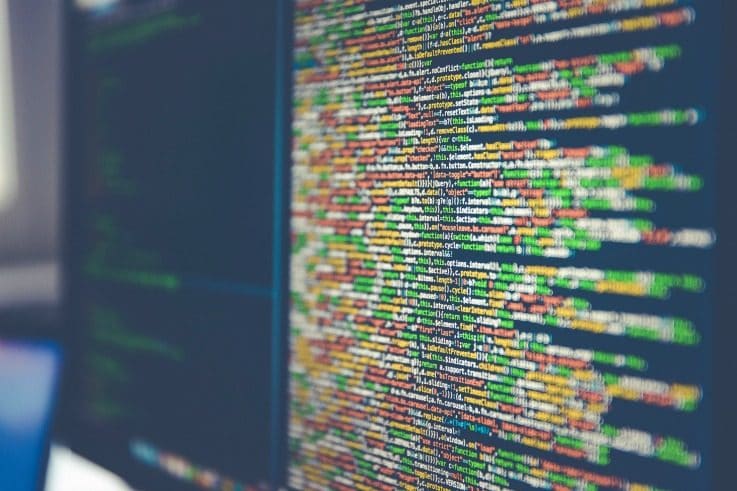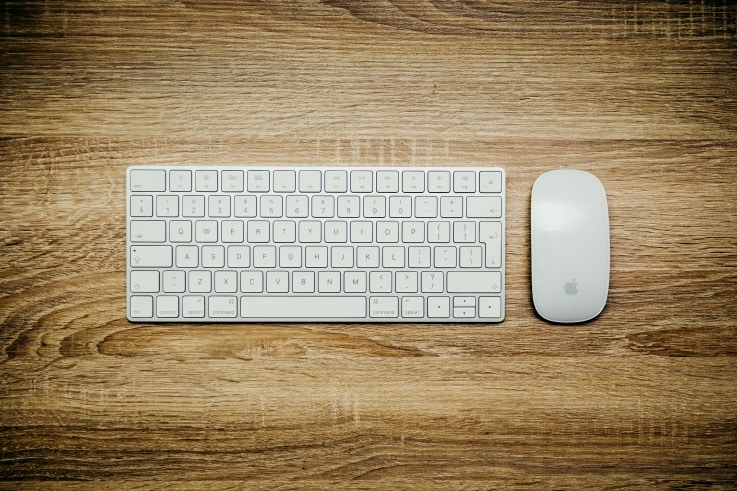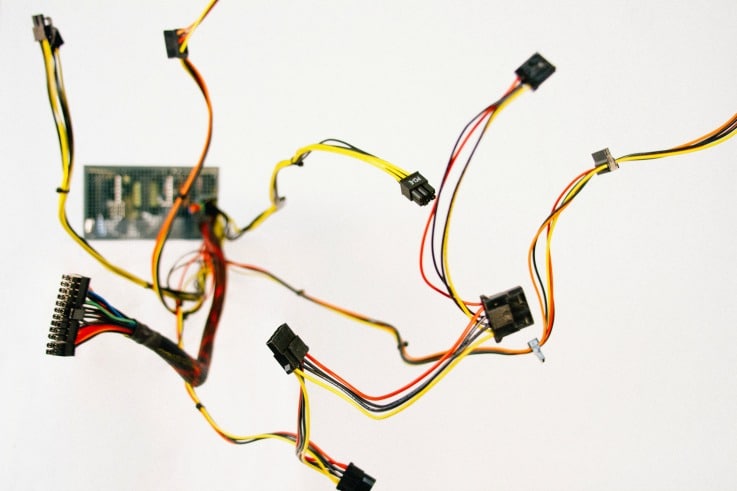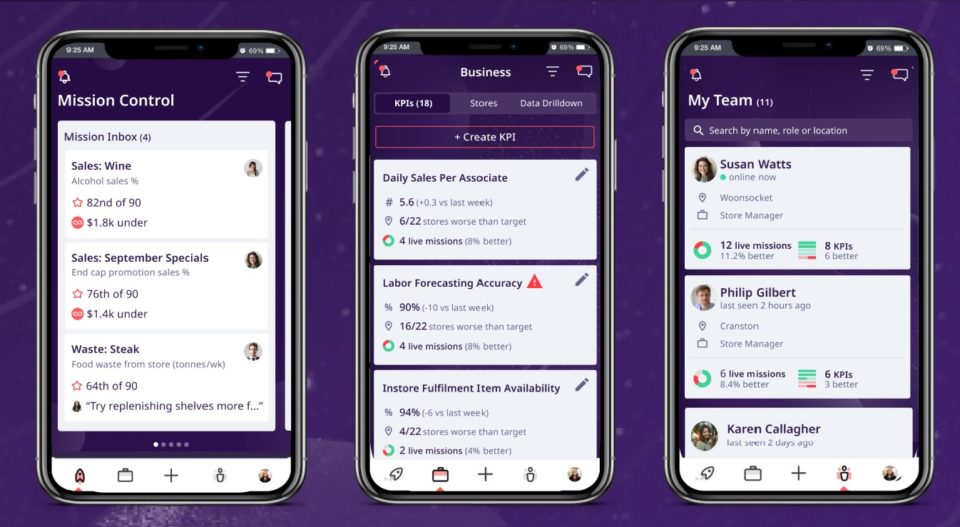Retail Trends Factfile 2017: Internet of Things (IoT)

The Internet of Things (IoT) looks to be the future. As the world moves increasingly online and products that we never imagined are able to connect to the internet, so the possibilities for an IoT network in retail grow. Check out these top IoT facts to see how it’s already taking effect.
70% of retail decision makers surveyed globally are ready to adopt the IoT to improve customer experiences. (Zebra Technologies, 2017)
27% of retail decision makers surveyed globally are planning to deploy IoT technology within the next year. (Zebra Technologies, 2017)
70% of retailers surveyed globally plan to provide, or are currently providing, item level RFID technology by 2021. (Zebra Technologies, 2017)
By 2021, 75% of stores will not only know when specific customers are in the store, but will also be able to customise the store visit for them. (Zebra Technologies, 2017)
By 2021, retailers are planning investments in IoT (70%), machine learning/cognitive computing (68%) and automation (57%). (Zebra Technologies, 2017)
Item-level RFID has generated increases in the number of sale items per transaction by as much as 19%, and a rise in the number of transaction by as much as 6%. (Zebra Technologies, 2017)
Apparel and footwear retailers surveyed reported inventory labour reductions of over 75% by moving from manual to RFID automated item counting. (Zebra Technologies, 2017)

72% of retailers surveyed globally plan to reinvent their supply chain with real-time visibility enabled by automation, sensors, and analytics based on IoT technologies. (Zebra Technologies, 2017)
63% of retailers surveyed believe IoT provides more opportunities to drive sales/profits through closer engagement with consumers through their internet-connected mobile devices (watches, tablets, phones). (RSR Research, 2016)
Nearly 70% of retail decision makers surveyed are ready to make changes required to adopt IoT. Already, 21% of respondents have implemented IoT and another 27% are planning to deploy within a year. (Zebra Technologies, 2017)
79% of North American retailers surveyed are investing in IoT technologies such as automated inventory verification and sensors on shelves. (Zebra Technologies, 2017)
By 2021, 77% of retail decision makers surveyed globally want to be investing in big-data solutions for storing and analysing IoT generated data. (Zebra Technologies, 2017)
70% of retailers surveyed worldwide say they agree that the IoT will drastically change the way companies do business in the next three years. (RSR Research, 2016)
36% of retailers in Europe surveyed know when specific customers are in a store and that number is expected to grow exponentially over the next five years. (Zebra Technologies, 2017)
Key benefits that retailers expect from IoT deployments include operational efficiency (32% approx), cost reduction (30% approx), increased revenues from existing products/services (28% approx). (GlobalData, 2016)
The global IoT hardware market for the retail sector totalled £616 million in 2015 and is set to quadruple to £2.5 billion by 2020. (GlobalData, 2016)
There will be a total of 22.5 billion IoT devices in 2021, up from 6.6 billion in 2016. (BI Intelligence, 2016)
Retailers will connect 12.5bn business assets, such as products, digital signs and Bluetooth beacons, to IoT platforms by 2021. This figure is expected to rise from 2.7bn in 2016, representing a 350% increase. (Juniper Research, 2016)
The forecast software spend for enterprise resource planning systems to integrate data from connected IoT assets will reach $11.3bn annually in 2021, from $1.5bn in 2017. (Juniper Research, 2016)

Inventory management is cited as the most important capability of the IoT at retail among those surveyed at 91%, followed by in-store customer interaction/marketing at 83% and customer flow through the physical store at 81%. (RSR Research, 2016)
By 2018, more than 10 billion things will be connected in the combined consumer and business worlds. (Gartner, 2016)
By 2021, 72% of retail decision makers surveyed globally want to be investing in visual analytics for making sense out of IoT data. (Zebra Technologies, 2017)
By 2022, the IoT will save consumers and businesses $1 trillion a year in maintenance, services and consumables. (Gartner, 2016)
By 2020, 20% of homes will be connected homes containing more than 25 things accessing the internet. (Gartner, 2016)
By 2020, 85% of users’ connected home solutions will be linked to a certified ecosystem. (Gartner, 2016)
Through 2019, storage system vendors will not see an upward breakout in growth from IoT applications. (Gartner, 2016)
By 2021, 87% of retail decision makers surveyed globally want to be investing in mobile point-of-sale devices to scan and accept credit or debit payments anywhere in store. (Zebra Technologies, 2017)
By 2021, 86% of retail decision makers surveyed globally want to be investing in handheld mobile computers with scanners to read barcodes for pricing and availability. (Zebra Technologies, 2017)
By 2021, 85% of retail decision makers surveyed globally want to be investing in tablets to engage with shoppers and provide more detailed product information. (Zebra Technologies, 2017)
By 2021, 78% of retail decision makers surveyed globally want to be investing in kiosks or stationary information terminals for pricing and availability information. (Zebra Technologies, 2017)
By 2021, 72% of retail decision makers surveyed globally plan to reinvent their supply chain with real-time visibility enabled by automation, sensors and analytics. (Zebra Technologies, 2017)
Check out our report on how the IoT is changing the future of retail. If you want more content like this, or to keep up with the latest retail trends, click here to join our community.



